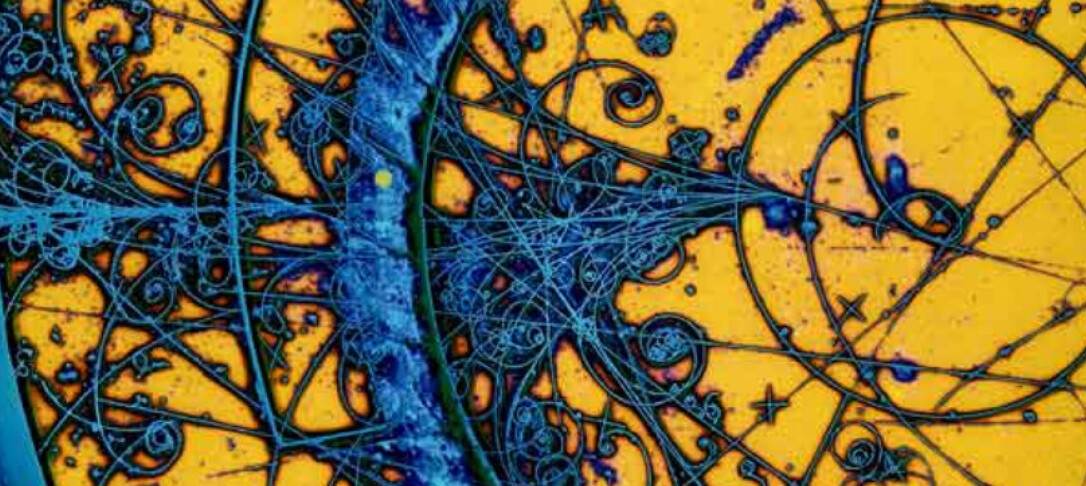
Abstract:
The natural flux of cosmic-ray muons impinges upon the Earth’s surface allows us to study the interior composition, density and obtain 3D-reconstructions of geological and human-made structures using muon detectors. We present a state-of-the-art muon tracking system developed by GScan in collaboration with research partners. The system uses orthogonally arranged scintillating fibers for detection and silicon photomultipliers for readout. It has achieved an excellent spatial resolution of 120 μm and 1 mrad angular resolution in track reconstruction, and can differentiate objects composed of low-Z materials. This new technology offers numerous advantages over traditional inspection methods, including its ability to penetrate dense materials without harmful radiation while providing information about both the physical and chemical structure. One of the first commercial applications of this technology is the CosmoPort project, which is developing a mobile security and customs scanner in collaboration with Imperial College London.


